Lampyris noctiluca at night 258786
Find the perfect Lampyris Noctiluca stock photos and editorial news pictures from Getty Images Select from premium Lampyris Noctiluca of the highest qualityLampyris noctiluca larva to the previous subfamily Photurinae is a New World group occurring from Canada to Argentina, adults use 'flashing' rather than continuously glowing light to attract mates, and females of some species of Photuris Dejean, 13 imitate the flashes of other fireflies to attract and then predate themAlso known as the common glow worm of Europe A male firefly of the species Lampyris Noctiluca The male fireflies of this species are tiny and can fly, while the females cannot she's a larviforme, much bigger than the male (with a shinier butt!)

Lampyris Noctiluca Wikipedia La Enciclopedia Libre
Lampyris noctiluca at night
Lampyris noctiluca at night-Jun 15, 04 · Lampyris noctiluca is also strictly nocturnal, but the problems of locating flowers by reflected starlight and bioluminescence are different The bioluminescent emission of the female glowworm (38 cd m 2 at 555 nm) is a brighter target Under such conditions one might assume that colour vision is less limited by noise than by reflected lightAdult female glowworms have a large, lightproducing organ at the end of their abdomens At night they use a bright, steady stream of yellowishgreen light to attract flying males During the day they burrow underground to avoid predators A female will climb to a high point, such as a grass stem, and turn her glowing light upwards



Lampyris Noctiluca A French Garden
Lampyris noctiluca, female glowworm Image Jason Steel wwwjasonsteelcouk One surprising result that emerged from the survey was their naming lightJun 15, 04 · Male glowworms Lampyris noctiluca find their bioluminescent mates at night by phototaxis There is good evidence that location of mates by lampyrid beetles is achieved by a single spectral class of photoreceptor,whose spectral sensitivity is tuned to the bioluminescent spectrum emitted by conspecifics, and is achromaticJun 25, 18 · Populations of Lampyris noctiluca are hard to monitor, but, in Britain, appear patchy and are thought to be in decline They favour a chalk or limestone habitat, with a penchant for churchyards, golf courses or abandoned railway cuttings, and are best sought out from mid June, when their goblin lights may be spotted on warm evenings
Glow Worm Lampyris noctiluca female in the night, midnight in Croatia, luring males, night shot Glowworm Caves in Waipu, New Zealand New Zealand glowworm (Arachnocampa luminosa), luminescent larva of the fungus gnat, extruding its snare of sticky silk threadsFeb 22, · The UK has only one native firefly the common glowworm (Lampyris noctiluca) Lampyris is found also on mainland Europe They are best seen in June and July evenings, when females glow green toJul 03, 14 · Lampyris noctiluca is one of only two Lampyridae species found in the United Kingdom There is a great deal of interest in these charismatic animals in Great Britain that has led to an online citizen science project, the UK glowworm survey (http//wwwglowwormsorguk/), for long term monitoring of glowworm populations
Feb 03, · A female glowworm (Lampyris noctiluca) will shine for hours to attract her mate, yet brightening skies will dim her prospects (Jason Steel /Worm Lampyris noctiluca We present the results of binary choice laboratory experiments where males were presented with artificial light stimuli simulating the female bioluminescent signal We also describe the intraoccular filter pigments from the eye ofLampyris noctiluca L noctilucais a convenient subject because its signalling behaviourLampyris Noctiluca and Light Halo Light Art Festival Installations Ljubljana, Slovenia is an up and coming center of European culture that is already replete with exhibitions and happenings One unique event it hosts is the Lighting Guerrilla festival



27 Fotos E Imagenes De Lampyris Noctiluca Getty Images


Top Threats To Fireflies Include Habitat Loss Pesticides And Light Pollution Earthwhile
Lampyris noctiluca adults are active at night and spend their days in moist places under debris The larvae are also nocturnal and are rarely seen, however, whenever conditions are right for snails, usually between the months of April and October, they can be spotted The adult stage, while short, is the easiest to spotArtificial light at night has grown exponentially during the last century, according to one of the study authors, Avalon Owens For example, a female glowworm (Lampyris noctilucaAgree that the normal mating behaviour of fireflies is disturbed by artificial night lighting The effects of artificial light on the behaviour of the common European glowworm, Lampyris noctiluca, are not well understood Males of L noctiluca, which can fly but do not glow, are attracted to glowing, flightless, larviform adult females,
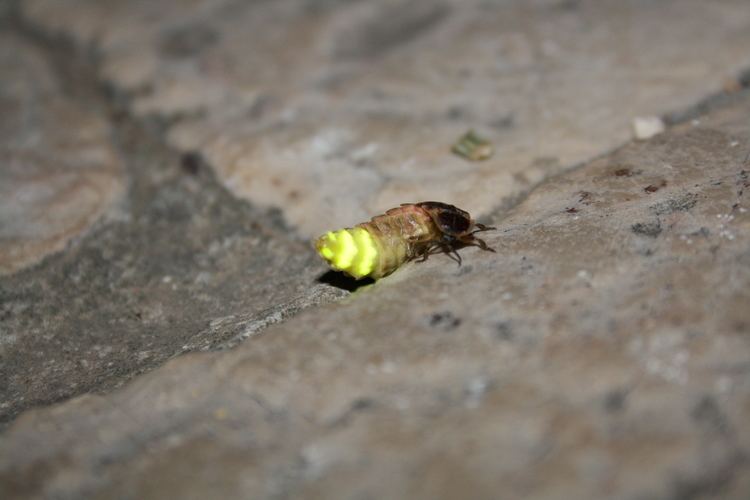


Lampyris Noctiluca Everything You Need To Know With Photos Videos
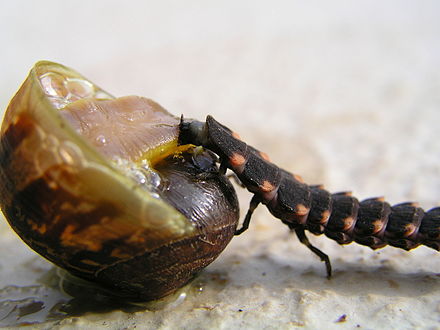


Lampyris Noctiluca Wikiwand
Glowworm (Lampyris noctiluca) Emitting an eerie yellowgreen glow at night, female glowworms use bioluminescence to attract mates Not worms at all, they are actually beetles that lurk in lowland Britain Glowworms have segmented bodies, and females emit a bioluminescent glowArtificial light at night is an increasing threat to nocturnal biodiversity Aside from the overall increase in light emission, replacement of old monochromatic streetlighting by broad emission spectrum LED lights may be an additional threat Studies evaluating the impacts of these artificial lights on the nocturnal European common glowworm (Lampyris noctiluca L) are scarceThe specific lightning bug species that lives in my area is the Lampyris Noctiluca;



Glow Worm Naturespot



Lampyris Noctiluca Wikipedia La Enciclopedia Libre
Jun 11, · A female Lampyris noctiluca, better known as a glow worm, in the night The female is similar in appearance to the larva, but is unmistakable whenFor Photuris congener males, these values are 025 and 25 lux, respectively, reflecting the shorter duration of twilight in their habitat (Dreisig, 1975) Ambient light intensity also affects otherThe status of the glowworm Lampyris noctiluca L (Coleoptera Lampyridae) in England Val tkins, Dolly Bell, a ann Bowker, Marcus charig, June 2, Martin Dalecrew3, Bill hickott, BarM ara PayneB 4, Dilys Penleton, D Vor Pentre letonD 5, Martin roBinson 6, kate wollen7, Becky wooDell & John tyler1 1 5 Woodfield, Lacey Green, Bucks, HP27 0QQ



Glow Worm Lampyris Noctiluca This Glow Worm Is A Wing Flickr



Lampyris Noctiluca A French Garden
May 01, · A Lampyris noctiluca female glowing at night, Cornwall Photograph David Chapman/ Alamy The UK has only one native firefly the common glowworm( Lampyris noctiluca ) Lampyris is spotcheck also on mainland Europe They are best seen in June and July evenings, when females glow darkgreen to captivate malesLampyris noctiluca, the common glowworm of Europe (see also "glowworm"), is the type species of beetle in the genus Lampyris and the family Lampyridae Lampyris noctiluca presents a conspicuous sexual dimorphism The males are winged, with brown elytra, a clearer pronotum and a large brown spot in the middle, while females are larviforme, wings are missing and they areGlow Worm Lampyris noctiluca female in the night, midnight in Croatia, luring males Night shot Jellyfish of the species Pelagia Noctiluca, commonly known as the sea wasp, captured in a bucket In the waters of Massa Lubrense, near Sorrento Mauve Stinger jellyfish Pelagia noctiluca In Malta



Lightning Bugs Flying At Night And Mating Vlog Youtube



27 Fotos E Imagenes De Lampyris Noctiluca Getty Images
Bioluminescence is the production and emission of light by a living organismIt is a form of chemiluminescenceBioluminescence occurs widely in marine vertebrates and invertebrates, as well as in some fungi, microorganisms including some bioluminescent bacteria, and terrestrial arthropods such as firefliesIn some animals, the light is bacteriogenic, produced by symbioticLampyris noctiluca presents a conspicuous sexual dimorphism The males are winged, with brown elytra, a clearer pronotum and a large brown spot in the middle, while females are larviforme, wings are missing and they are often twice the size of the males (up to 25 millimetres or 1 inch in length)Lampyris noctiluca females usually begin emitting courtship signals when ambient light levels fall below 13 lux and are never active above 15 lux;


Lampyris Noctiluca Linnaeus 1767 Wonders At Our Feet



Lampyris Youtube
Low levels of light pollution may block the ability of male glowworms (Lampyris noctiluca L) to locate females Stephanie Bird & Joel Parker Journal of Insect Conservation An international journal devoted to the conservation of insects and related invertebrates ISSN X J Insect Conserv DOI /s 1 23 Your article is protected by copyright and all rights areFemales are flightless, they hide under stones or in the soil during the day and become active at night when they remain among short grass or low vegetation emitting a yellowishgreen glow to attract flying males, they glow from beneath the abdomen and usually remain in one place as they do so, generally with the abdomen curved and moving from side to side, and may glow for a few hours each night for several weeks but as soon as they have mated they stopLarvas de luciérnaga * Lampyris noctiluca by jacinta lluch valero 87 54 La capacidad que tienen los animales para emitir luz se llama bioluminiscencia, siendo las luciérnagas unos coleópteros célebres por esta condición



Glow Worm Lampyris Noctiluca Female In The Night Midnight In Croatia Luring Males Stock Photo Image Of Lampyris Insect


Italiano Lampyris Noctiluca Sistematica Habitat Ciclo Biologico Ecologia
Nov 21, 05 · RF Glowworms (Lampyris noctiluca) females at night Dorset, UK, captive (This image may be licensed either as rights managed or royalty free) Kim TaylorApr 07, 15 · In this case, we're specifically discussing Lampyris noctiluca, which is also known as the European glowworm or the firefly, in this piece But the term, "glowworm" itself can refer to a number of species including mycetophilidae (fungus gnats), phengodidae (glowworm beetles) and rhagophthalmidae (which are also sometimes known asJan 01, 03 · After being exposed to glowworm larvae (Lampyris noctiluca), which the toads experienced as disagreeable, attack latencies to luminescent prey increased, but not those to nonglowing prey Not all toads showed avoidance learning to the same extent, because of either differences in previous experience with glowworms or differences in memory



10 Astonishing Alive And Glowing Organisms Dreamy Art Landscape Scenery



Nature Picture Library Glow Worm Lampyris Noctiluca Climbing On Stem Of Grass With Tail Emitting Bioluminescence England Uk July Andy Sands
Jun 11, · A female Lampyris noctiluca, better known as a glow worm, in the night The female is similar in appearance to the larva, but is unmistakable when she lights up at night Keep it Wild Trust will make up for a variety of damaging practices that have seen glow worm populations plummet in England in less than yearsThe glow worm, Lampyris noctiluca, is not at all wormlike but is a beetle up to 25 mm long Only the wingless female glows strongly, to attract the flying males Each individual female has an adult glowing life of no more than a few weeks until she mates, since she dies soon after laying her eggsFeb 22, · Lampyris noctiluca female glowing at night, Cornwall Photograph David Chapman/Alamy The UK has only one native firefly the common glowworm (Lampyris noctiluca) Lampyris is found also on mainland Europe They are best seen in June and July evenings, when females glow green to attract males



Lampyris Noctiluca For Sale Images Blog Dovnload Images



File Lampyris Noctiluca Firefly Mating Gif Wikimedia Commons
The glowworm Lampyris noctiluca (Linnaeus, 1767) (Coleoptera Lampyridae) is thought to be declining in the UK, partially due to Artificial Lighting At Night (ALAN)We investigated if females of the common glowworm Lampyris noctilucawhich glow in the night to attract malesmitigate negative effects of artificial light on mate attraction by adjusting the timing and location of glowing to spatial variation in light conditions We found females do not move away from light when exposed to a gradient ofOct 21, 15 · A female common glowworm (Lampyris noctiluca) in green grass Credit Timo NewtonSyms/Wikipedia In the lab, the researchers replicated outdoor conditions by turning the lights off at night



Displaying Lampyris Noctiluca Female Note The Turned Upward Abdomen Download Scientific Diagram



File Common Glow Worm Lampyris Noctiluca Larva Jpg Wikimedia Commons
Artificial light at night has grown exponentially during the last century "In addition to disrupting natural biorhythms — including our own — light pollution really messes up firefly mating rituals," explained Avalon Owens, PhD candidate in biology at Tufts and a coauthor on the study and the glowworm Lampyris noctiluca inGlowworm lampyris noctiluca female glowing at night skomer island reserve, uk noctiluca stock pictures, royaltyfree photos & images lampyris noctiluca (common glowworm) noctiluca stock pictures, royaltyfree photos & imagesAbstract Abstract Adult female glowworms, Lampyris noctiluca, Linnaeus, 1767, emit light from the abdominal ventrites 6 and 7 and a retained larval paired organ on segment 8



Glow Worms Lampyris Noctiluca Females At Night Dorset Uk Captive Stock Photo Dissolve



A Glow Worm Larva Lampyris Noctiluca Some Information Fr Flickr
Find the perfect noctiluca stock photo Huge collection, amazing choice, 100 million high quality, affordable RF and RM images No need to register, buy now!Scientific name Lampyris noctiluca The Glowworm is not actually a worm, but a beetle Males look like typical beetles, but the nightly glow of a female is unmistakeable lighting up to attract a mate in the darkness of their grassland habitats Look for the adults in summerGlow Worm Lampyris noctiluca female in the night, midnight in Croatia, luring males Night shot Glow Worm Lampyris noctiluca Female in the night, midnight in Croatia, luring males A Re badulla glow worm on dry leaf which is hold by human hand A Re badulla glow worm on dry leaf which is hold by fingersThis insect is similar to fireflies
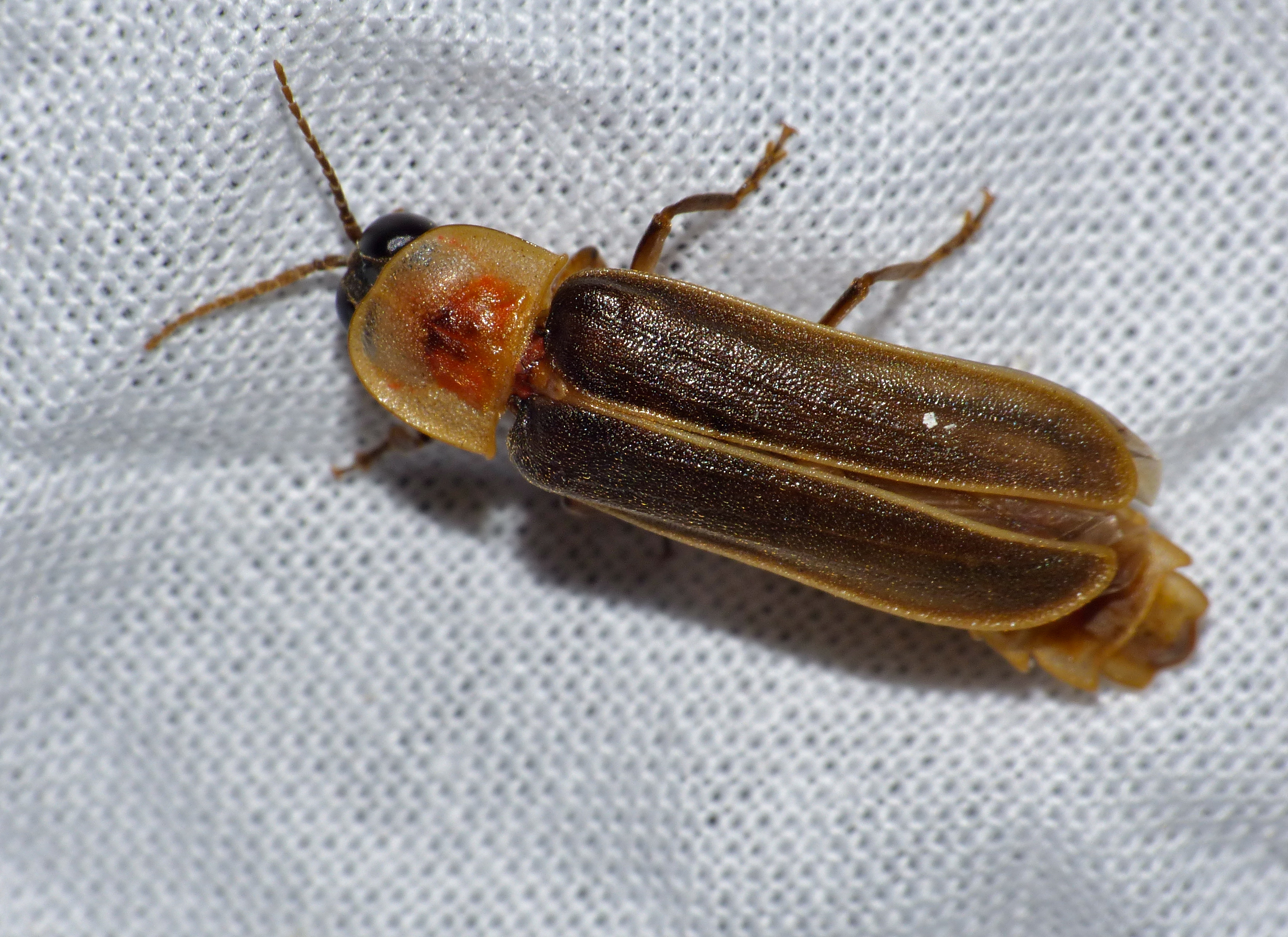


File Common Firefly Lampyris Noctiluca Male Jpg Wikimedia Commons



Tomas Hulik Photography Nocny Les Night Forest Svetluska Svatojanska Firefly Lampyris Noctiluca Nikon D850 Nikon 105 1 4 Nikon Nikond850 Facebook
Lampyris noctiluca is the glowworm species most often seen in the UK These nocturnal beetles, known as common glowworms, are found across Europe and Asia It can be tricky to tell common glowworm females and larvae apart, as they both have similarlooking segmented bodiesAny of a genus (Noctiluca) of large, spherical, reddish, luminescent dinoflagellates that often occur in vast numbers in the sea, causing the water to glow at night



Bay Bugs The Bay Magazine Swansea



Glow Worm Lampyris Noctiluca Female In The Night Midnight In Croatia Luring Males Stock Image Image Of Glowworm Luminesce



Common Glow Worm Lampyris Noctiluca Adult Female Glowing Displaying Bioluminescence On Leaf At Night Kent England July Stock Photo 4421 Superstock



27 Fotos E Imagenes De Lampyris Noctiluca Getty Images


Lampyris Noctiluca Lampyridae Image At Plantsystematics Org


Lampyris Noctiluca And Light Halo Dibari Associates



Setvivo La Luciernaga O Gusano De Luz Lampyris Noctiluca



Common Glow Worm Lampyris Noctiluca Adult Female Glowing Stock Photo Picture And Rights Managed Image Pic Fhr 857 Agefotostock



Glow Worm Male Lampyris Noctiluca Italy Stock Photo Picture And Rights Managed Image Pic Mev Agefotostock



Nature Picture Library Glow Worm Lampyris Noctiluca Female Glowing Uk Stephen Dalton



zmnztontvnm



Lampyris Noctiluca I Had A Go At Photographing My Local Gl Flickr
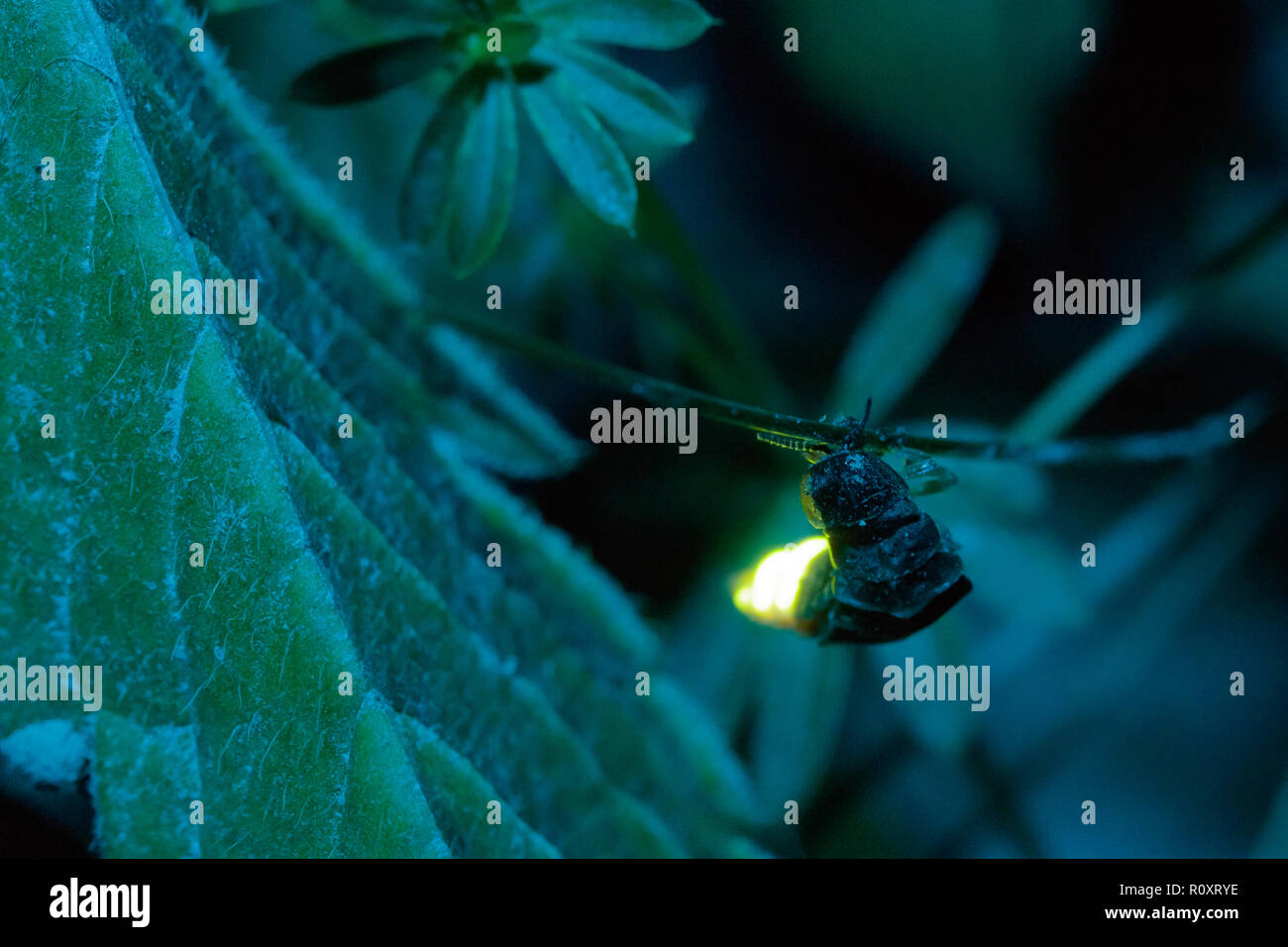


Glow Worm Female Lampyris Noctiluca Displaying At Night Surrey Uk Stock Photo Alamy



41 Lampyris Noctiluca Stock Photos Pictures Royalty Free Images Istock



Minden Pictures Common Glow Worm Lampyris Noctiluca Flying At Night France



While Looking For Lampyris Noctiluca Uk Glow Worm Survey Facebook
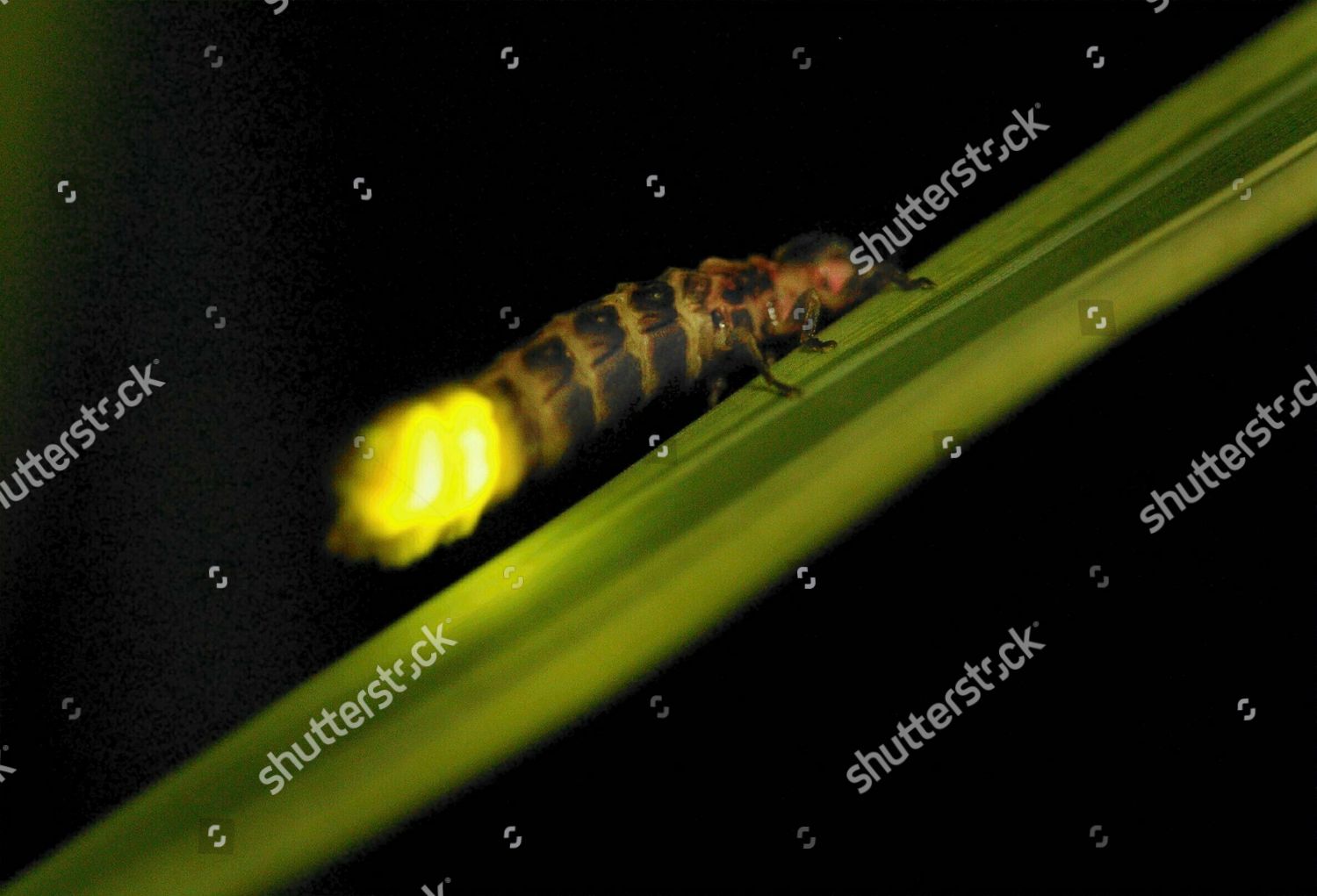


Glowworm Lampyris Noctiluca On Plant Night Foto Editorial En Stock Imagen En Stock Shutterstock



Foto Natura Huesca Luciernaga Firefly Lampyris Noctiluca Mouche A Feu Leuchtkafer Lucciota Vaga Lume Insects Firefly Glow Worm
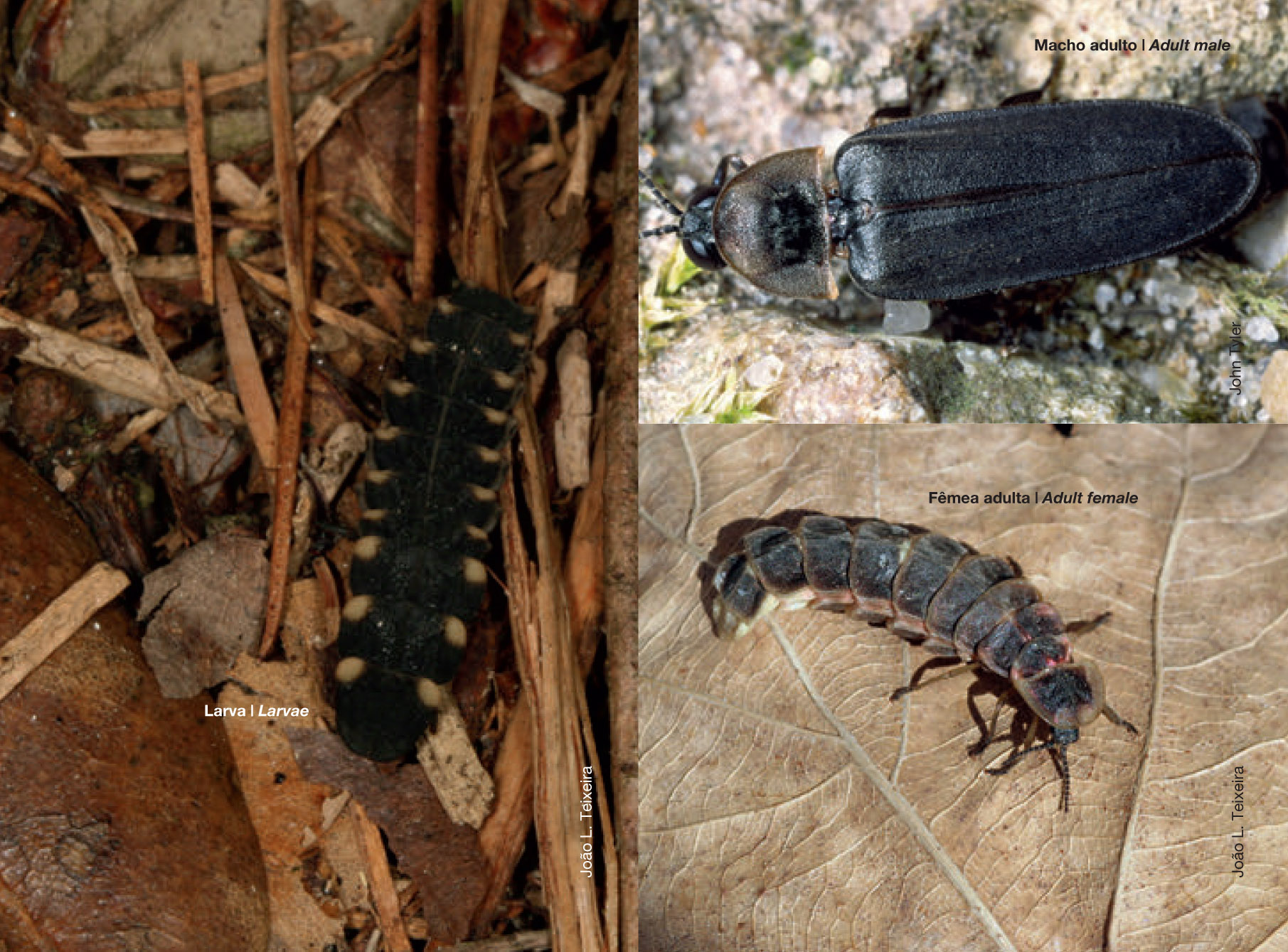


International Firefly Symposium Common European Glow Worm



Nature Picture Library Rf Glow Worms Lampyris Noctiluca Females At Night Dorset Uk Captive Kim Taylor



Nature Picture Library Glow Worms Bioluminescing Lampyris Noctiluca Nick Garbutt



Lampyris Noctiluca Bioluminescent Animals Night Glow Coin
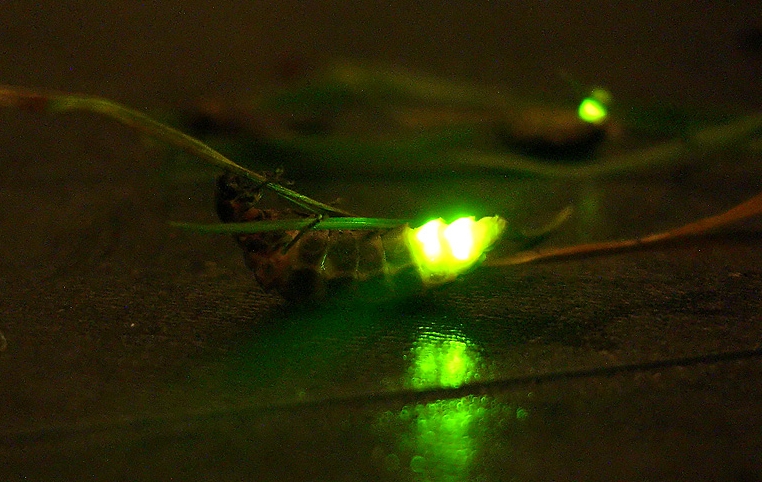


File Lampyris Noctiluca Glow Worm Jpg Wikimedia Commons



Resplandor Comun De Gusano Fotografiar De Noche Foto De Stock Y Mas Banco De Imagenes De Aire Libre Istock



The Staphylinid Alaobia Scapularis Sahlberg And The Glow Worm Download Scientific Diagram



Common Glow Worm Germany Lampyris Noctiluca Stock Photo Picture And Rights Managed Image Pic Rdc Agefotostock



Worms That Glow At Night Page 4 Line 17qq Com



Lampyris Noctiluca Lampyrisnoc Twitter


Counts Of Lampyris Noctiluca Females Males Mating And Males On Lures Download Scientific Diagram



Imagenes Ilustraciones Y Vectores De Lampyris Gratis Bigstock
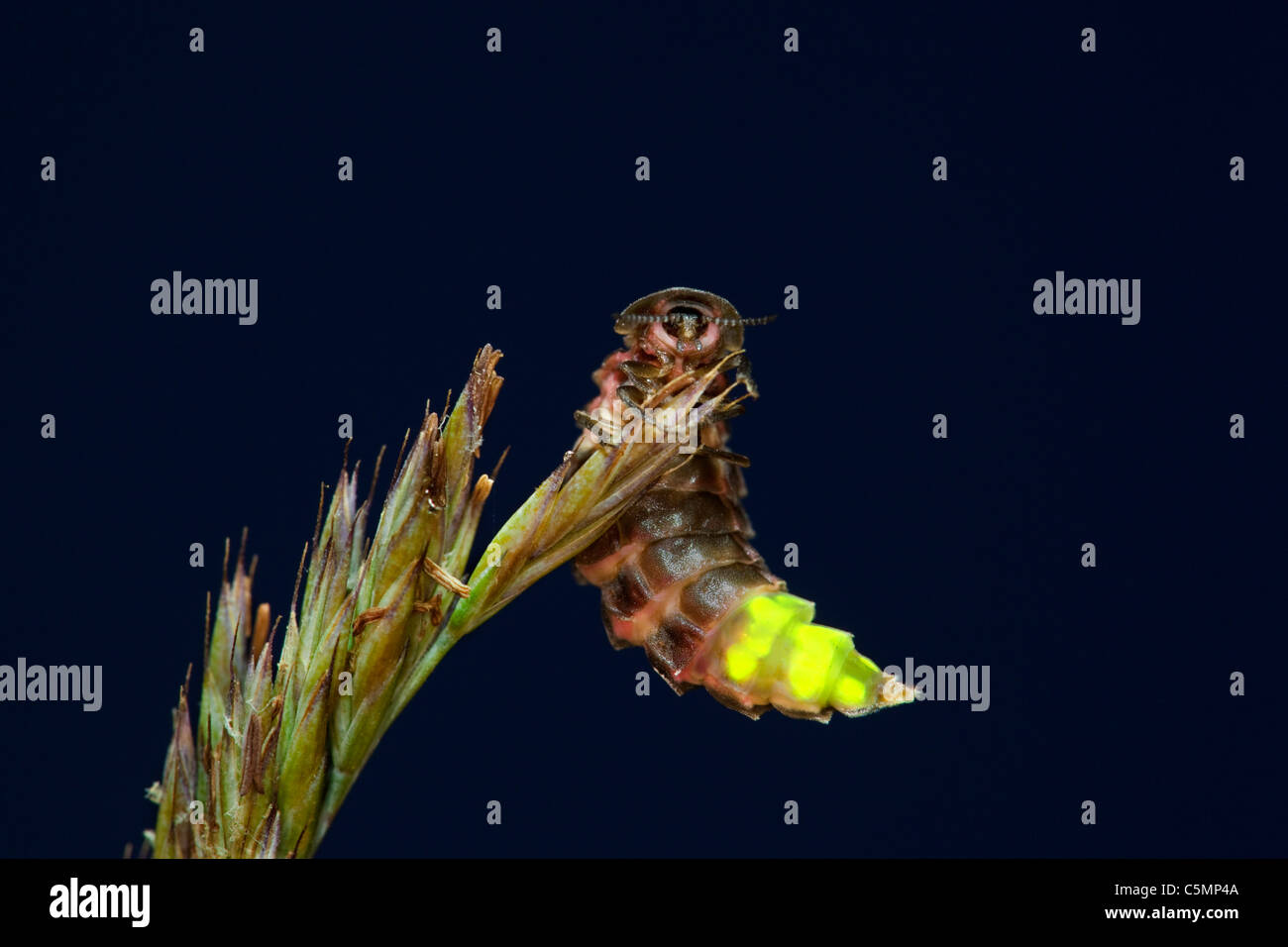


Glow Worm Lampyris Noctiluca Female Glowing At Night Cornwall Stock Photo Alamy



Lampyris Noctiluca Bioluminescent Animals Night Glow Coin 17 17gm 999 Purity By Niue Island
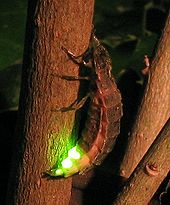


Lampyris Noctiluca Wikipedia
-header.jpg)


Lampyris Noctiluca Tamar Frank
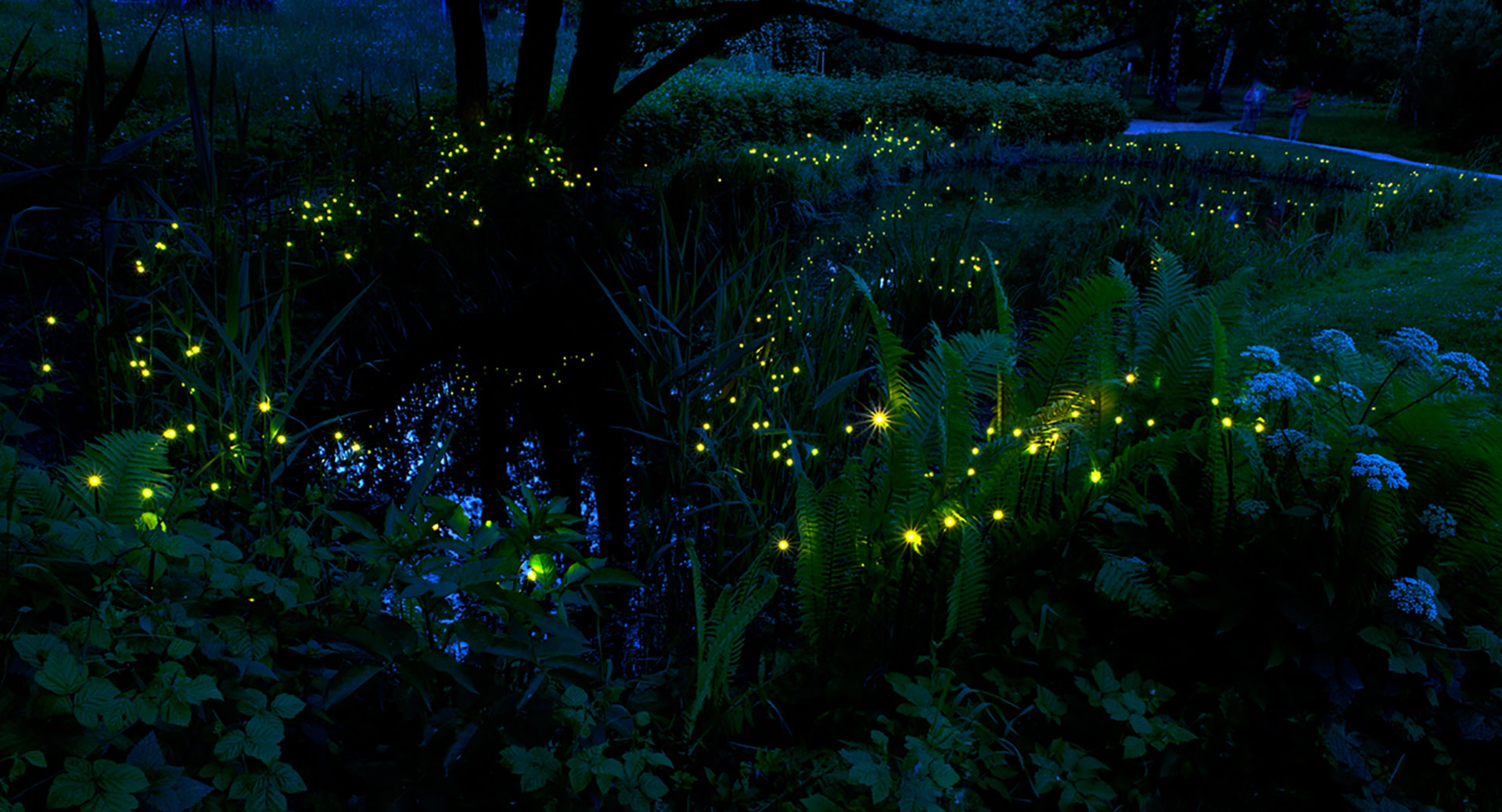


Lighting Guerrilla Lightspace



Lampyris Noctiluca For Sale Images Blog Dovnload Images
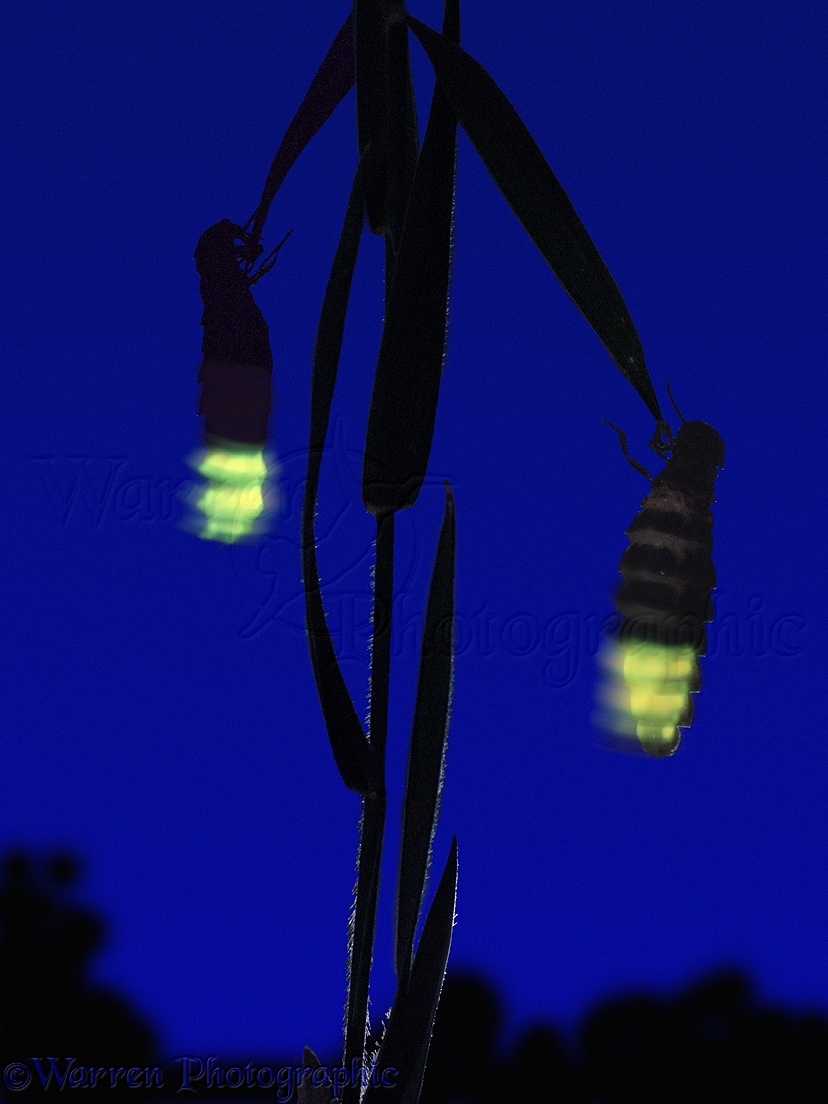


Glowworms Photo Wp



Lampyris Noctiluca Original Mix By Damabiah On Amazon Music Amazon Com
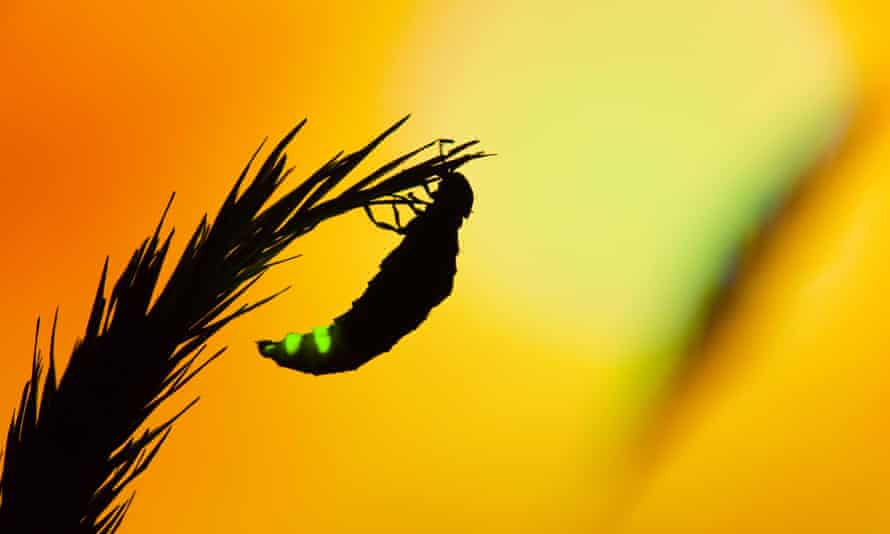


Why The Lights Are Going Out For Fireflies Conservation The Guardian



Glow Worm At Night Glow Worm Lampyris Noctiluca In Nature Canstock
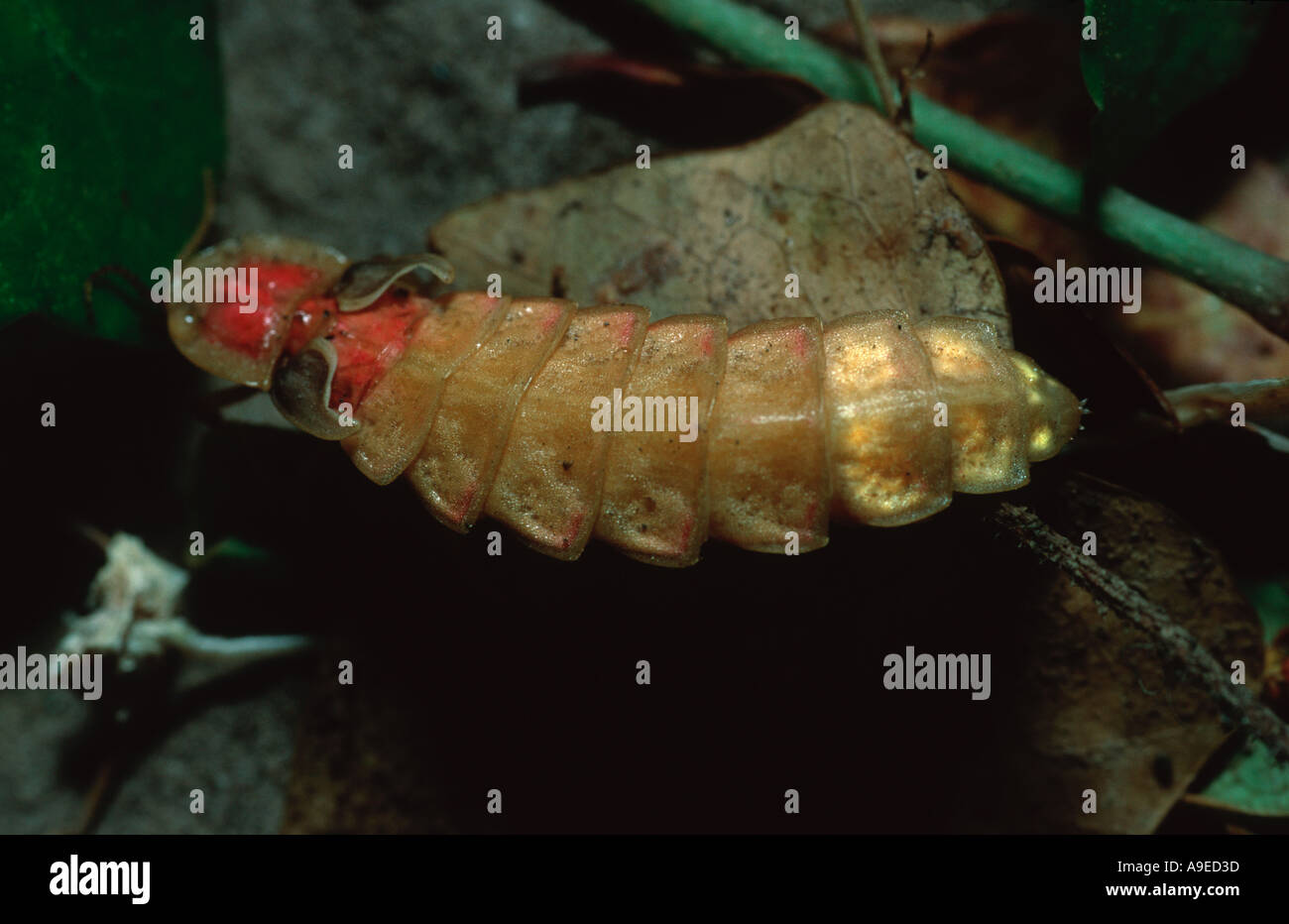


Lampyris Noctiluca European Glow Worm Male Pupa Shining At Night Stock Photo Alamy
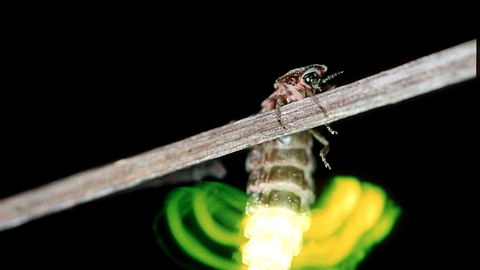


Glow Worm The Wildlife Trusts



500 Leds Resemble Glowing Fireflies At Night
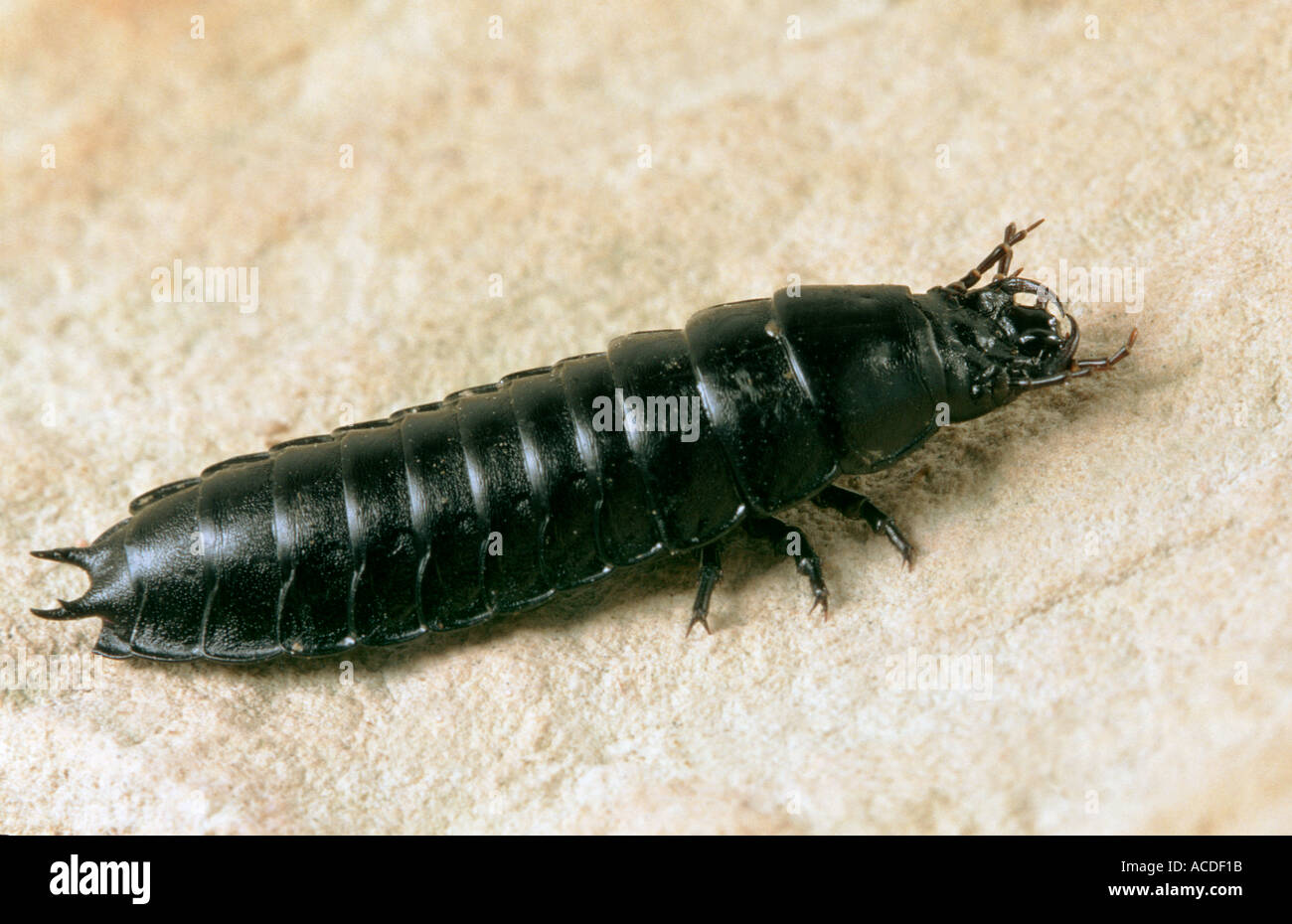


Lampyris Noctiluca European Glow Worm Female Pupa Shining At Night Stock Photo Alamy



Common Glow Worm Lampyris Noctiluca Jaakko Laurila Flickr



Nuson Lampyris Noctiluca Youtube



Lampyris Noctiluca Uk Beetles



Impact Of Artificial Light On The Distribution Of The Gluhwurmchen



Lonely Glow Worm Lampyris Noctiluca North Cheriton Village Blog



Lampyris Noctiluca Wikiwand



Minden Pictures Glow Worm Lampyris Noctiluca Female Glowing After Dark Hertfordshire England Uk July Andy Sands Npl



Lampyris Noctiluca Uk Beetles



Female Glowworms With Brighter Lights Found To Attract More Mates And To Produce More Offspring
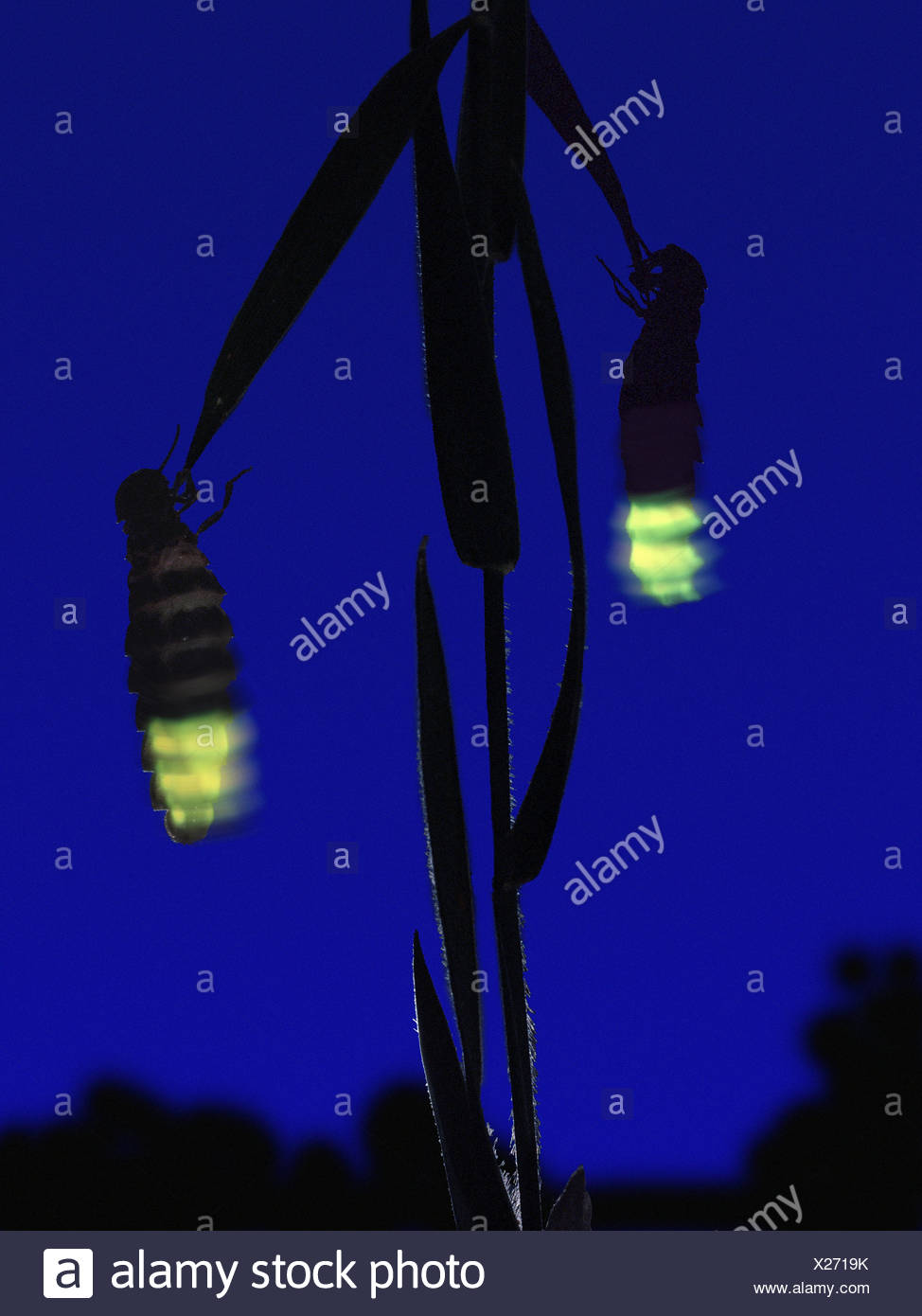


Glow Worms Lampyris Noctiluca Females At Night Dorset Uk Captive Stock Photo Alamy
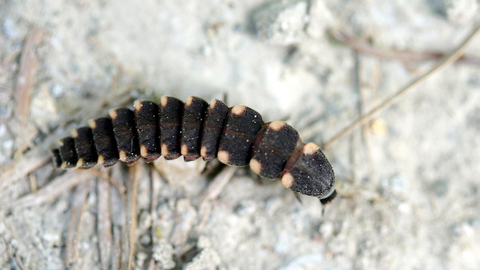


Glow Worm The Wildlife Trusts



Lampyris Noctiluca For Sale Images Blog Dovnload Images



Lampyris Noctiluca Uk Beetles



Nature Picture Library Glowworm Lampyris Noctiluca At Night Cambridgeshire England Uk August Paul Hobson



27 Fotos E Imagenes De Lampyris Noctiluca Getty Images
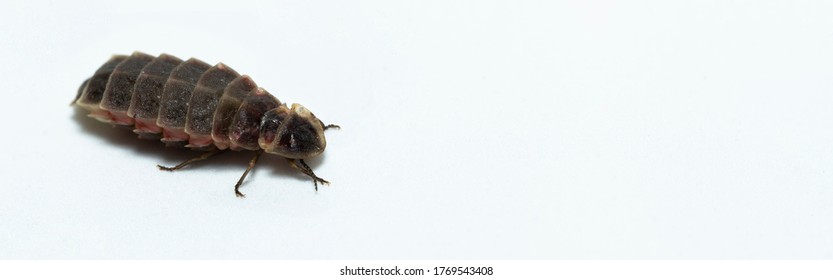


Lampyris Noctiluca Imagenes Fotos De Stock Y Vectores Shutterstock



Glow Worm Lampyris Noctiluca Jouni Flickr
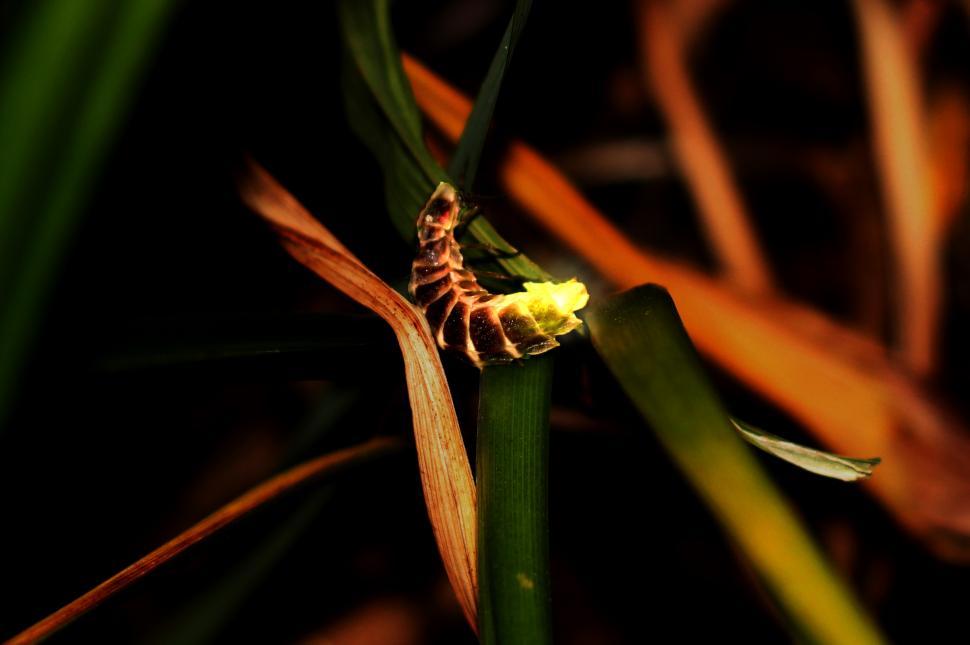


Free Stock Photo Of European Glow Worm Lampyris Noctiluca Download Free Images And Free Illustrations



Glow Worm Lampyris Noctiluca Female In The Night Midnight In Croatia Luring Males Stock Image Image Of Glowworm Luminesce
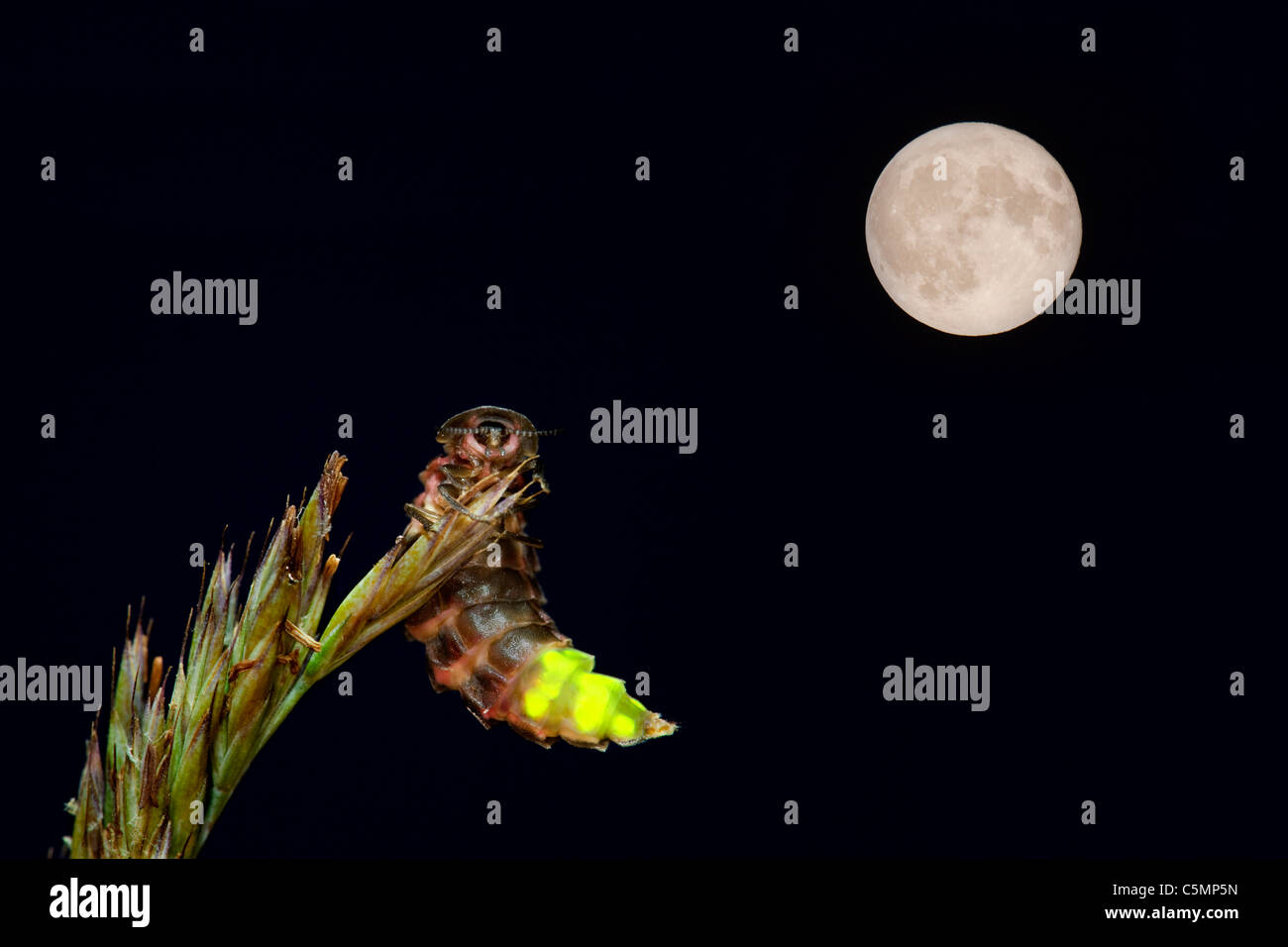


Glow Worm Lampyris Noctiluca Female Glowing At Night Cornwall Stock Photo Alamy


Lampyris Noctiluca Glow Worm
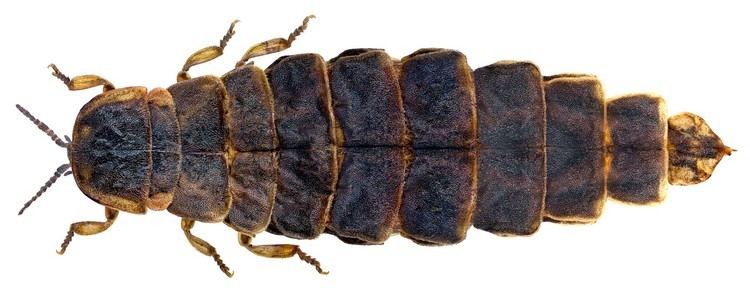


Lampyris Noctiluca Everything You Need To Know With Photos Videos
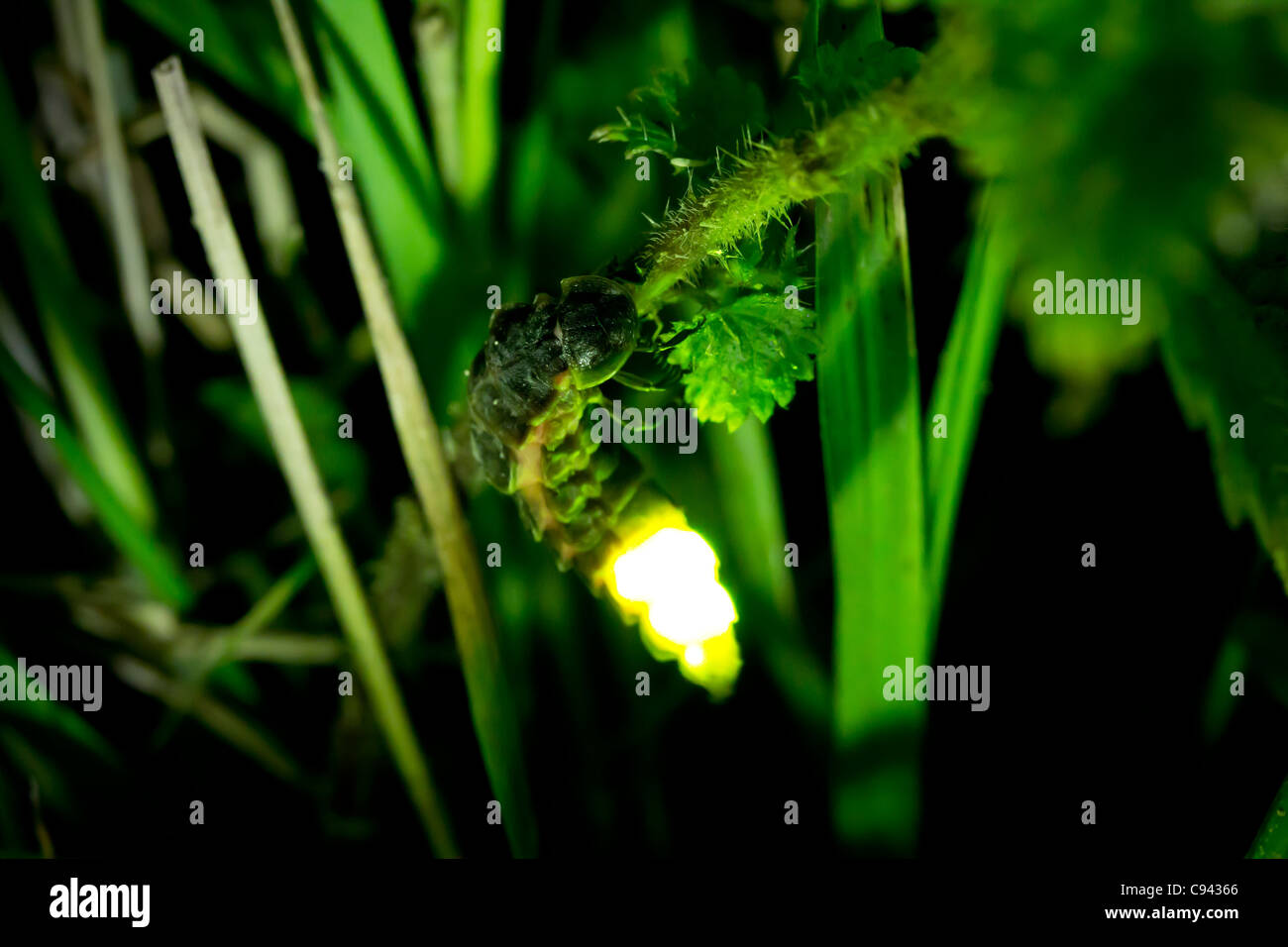


Las Luciernagas Hembras Lampyris Noctiluca Durante La Noche Fotografia De Stock Alamy
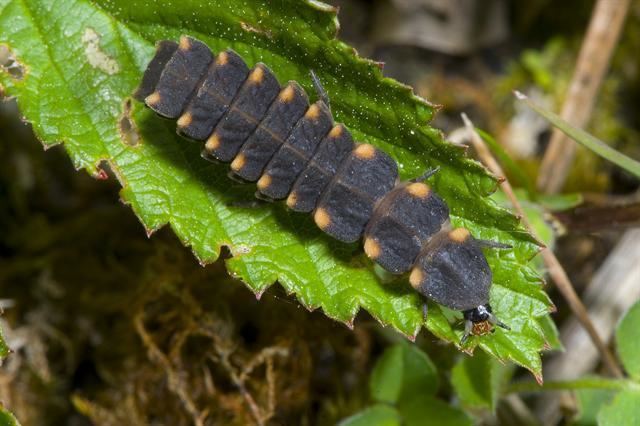


Lampyris Noctiluca Everything You Need To Know With Photos Videos



B4dqqsaxdynfvm



Lampyris



Fungal Infection In The Glow Worm Lampyris Noctiluca Photograph By Download Scientific Diagram



Minden Pictures Glow Worm Female Beetle Glowing At Night Lampyris Noctiluca Peak District Derbyshire Uk Paul Hobson Npl
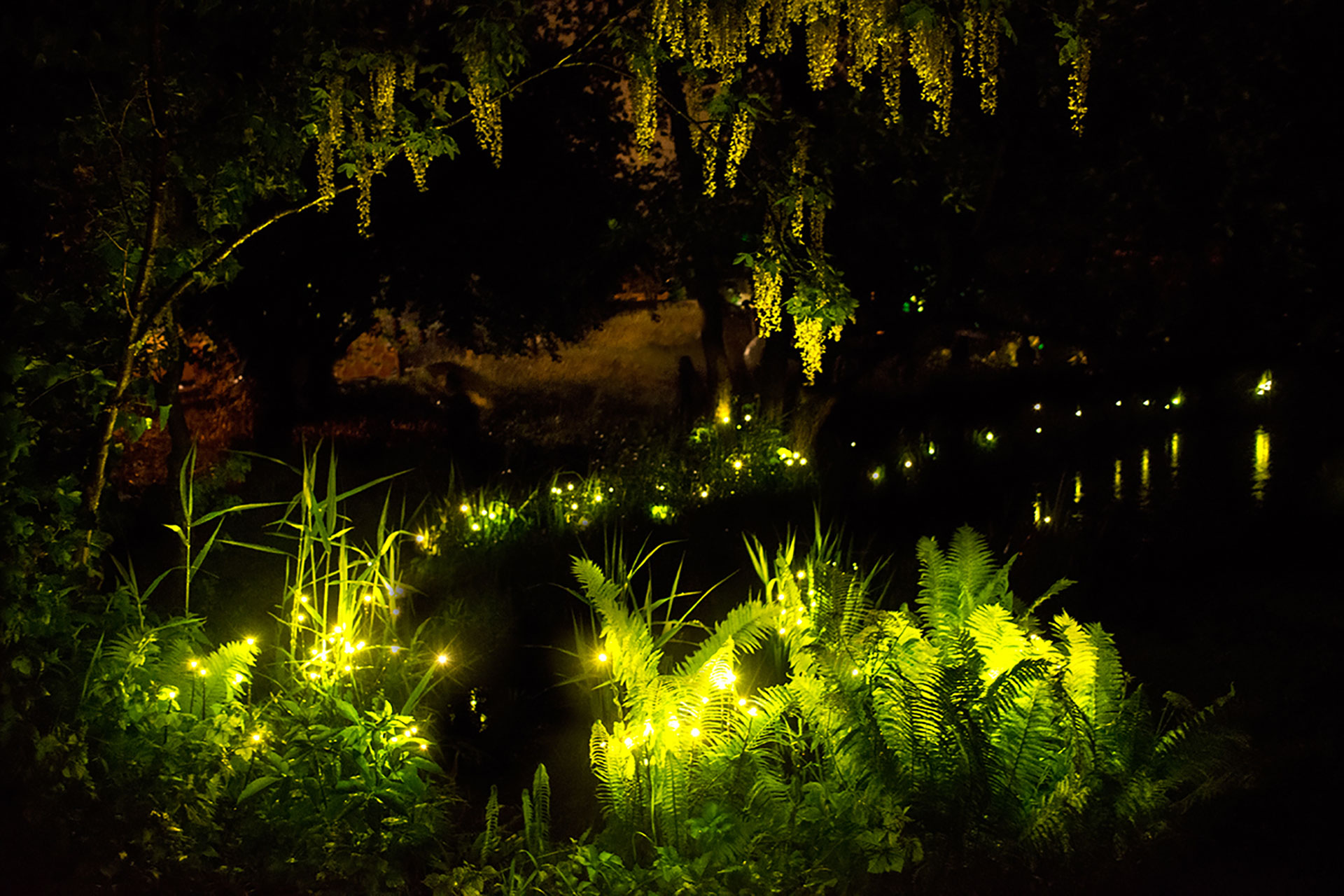


Lighting Guerrilla Lightspace
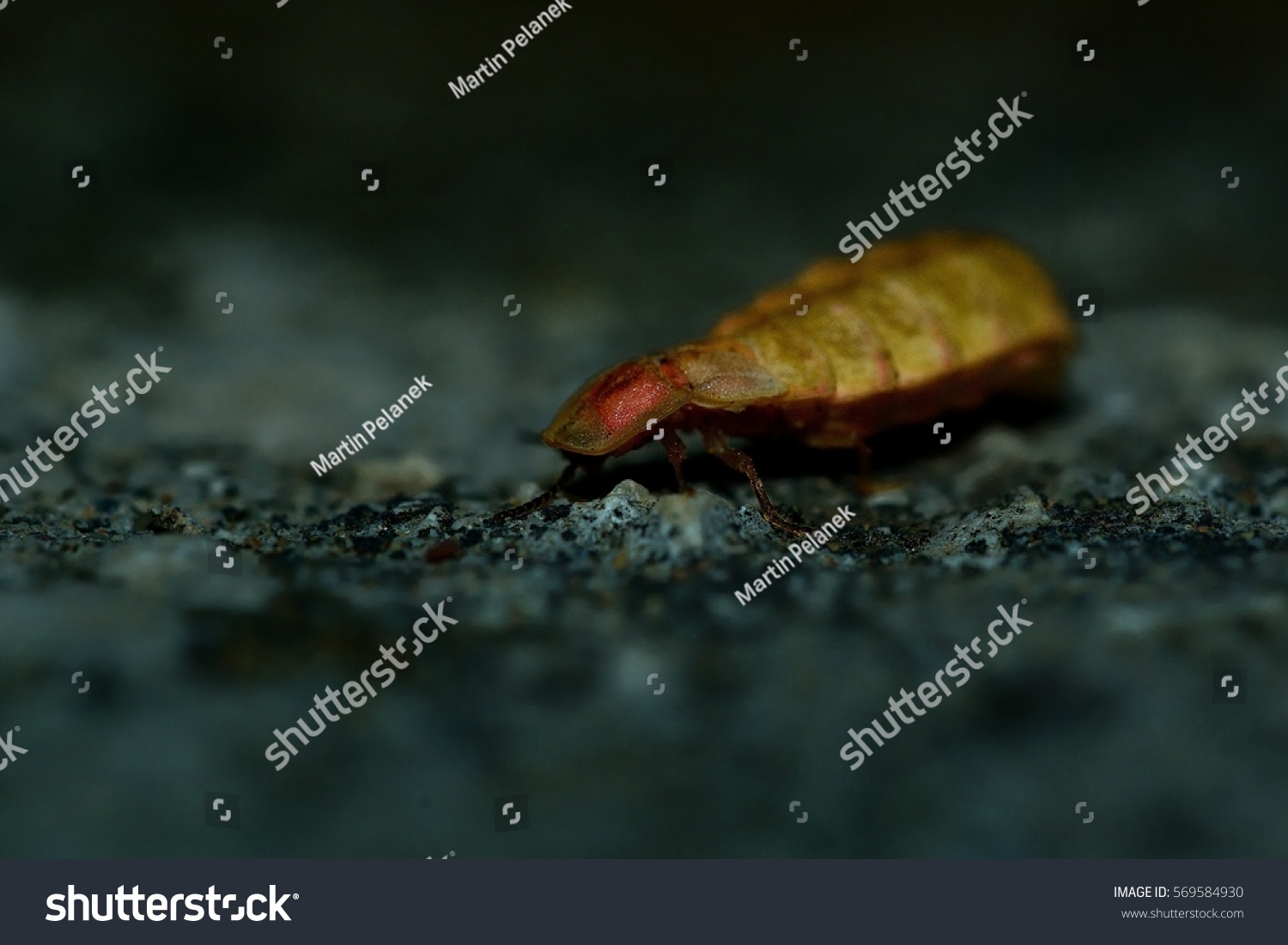


Glow Worm Lampyris Noctiluca Female Night Stock Photo Edit Now



27 Fotos E Imagenes De Lampyris Noctiluca Getty Images



Le Ver Luisant Ou Lampyre Lampyris Noctiluca La Nuit Q Flickr


コメント
コメントを投稿